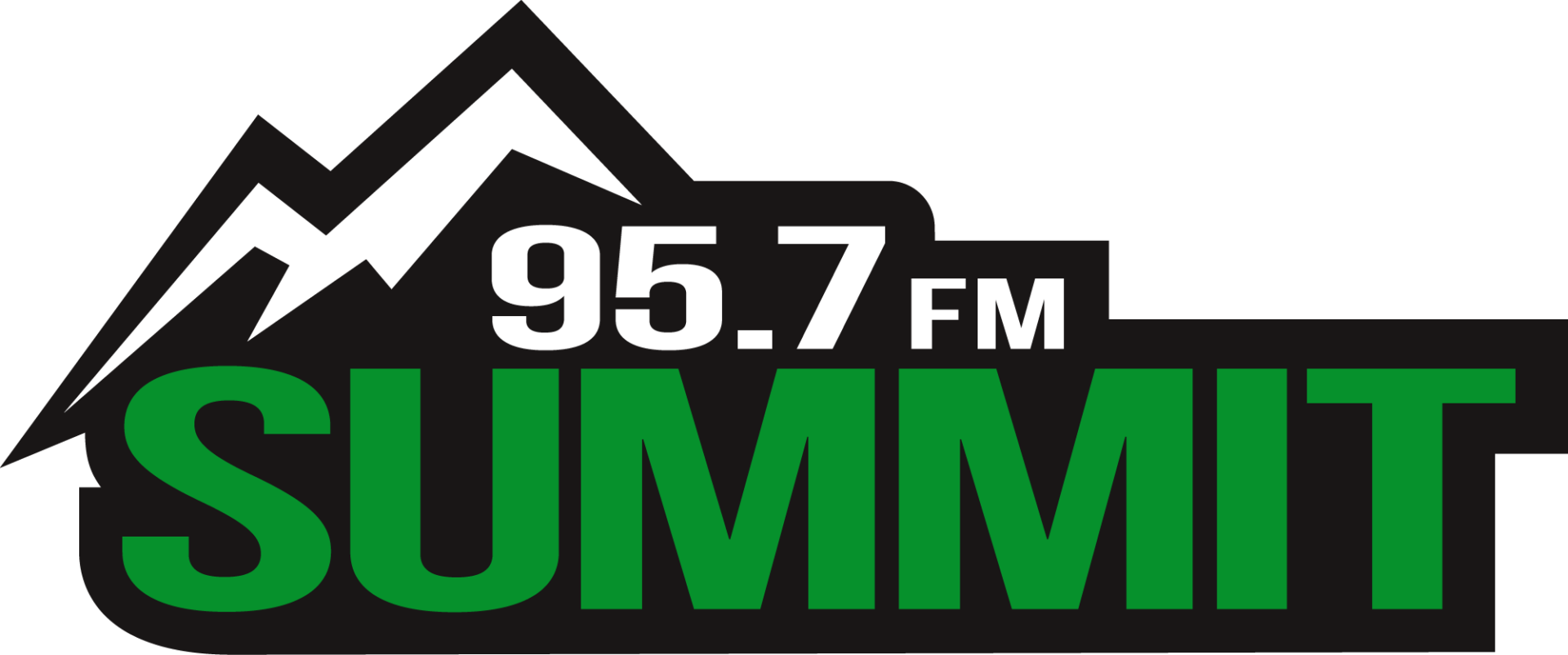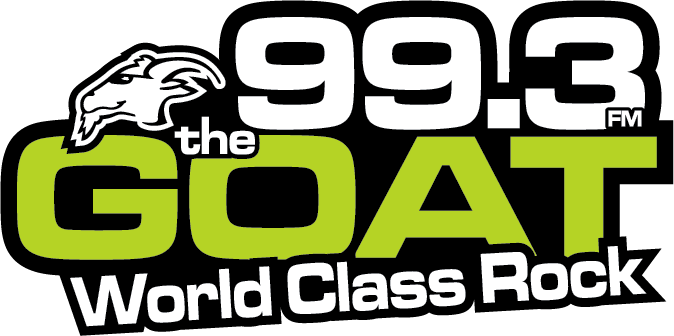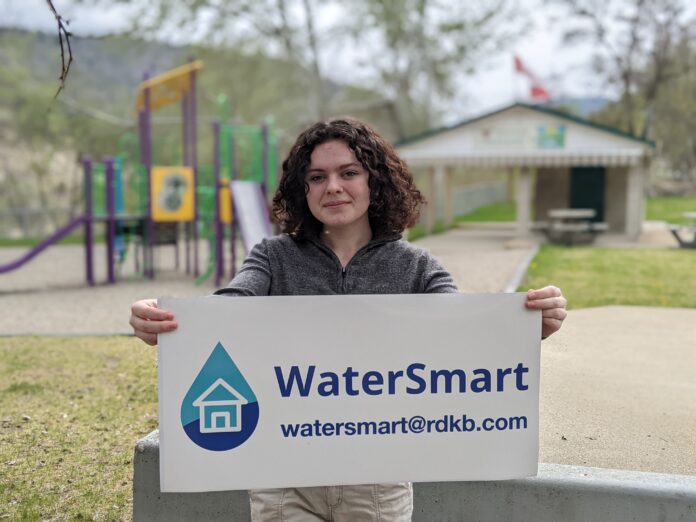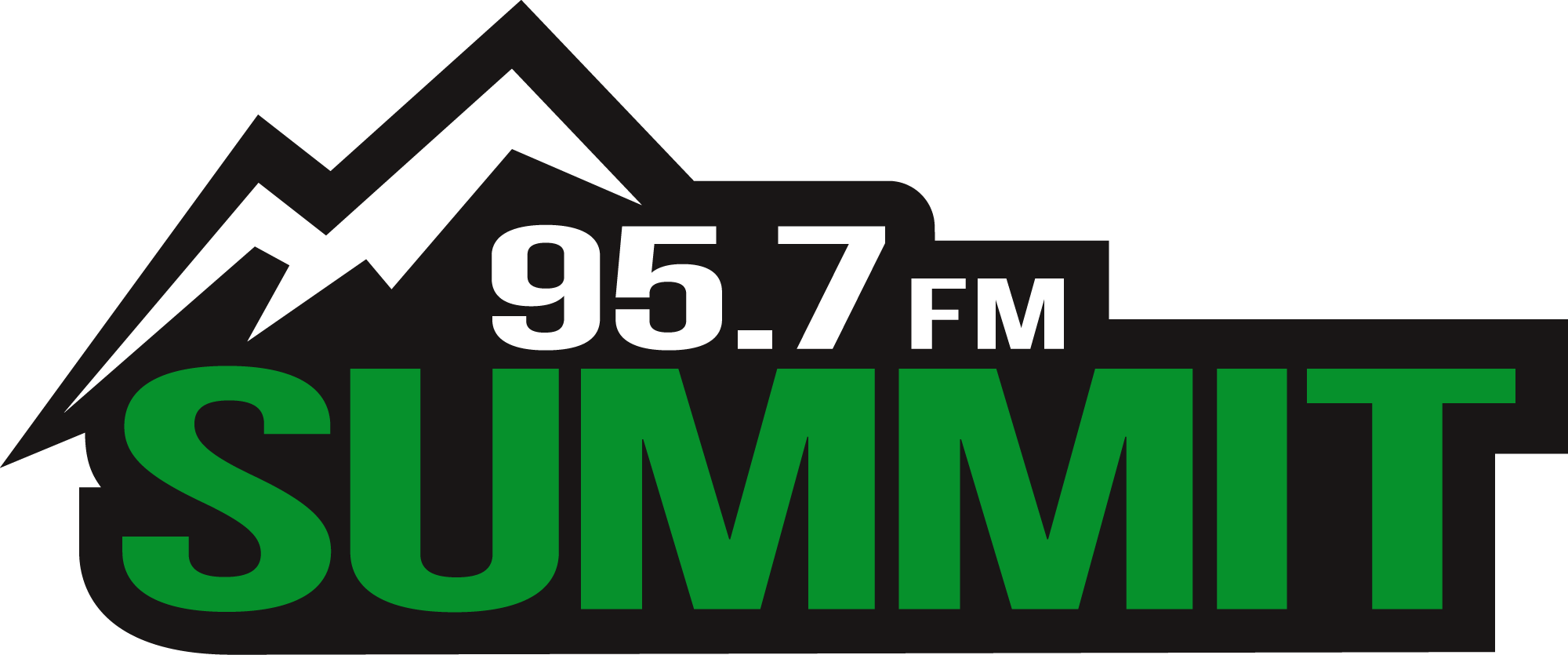Beaver Valley and Rivervale residents can call upon a WaterSmart ambassador to help reduce their water consumption this summer.
Abbe Teasdale is working for the Regional District of Kootenay Boundary in several communities.
The Beaver Valley water service recently entered Stage 2 of outdoor water conservation, so there are sprinkler restrictions in place to reduce outdoor water use, which the RDKB says accounts for over 30 per cent of the total water used.
“Residents can make a big difference on the ground by booking free sprinkler assessments with me and tapping into our online lawn care tips to get WaterSmart,” Teasdale says.
Stage 2 conservation includes a decrease in the permitted hours for using sprinkler or irrigation systems, which are now allowed between 4 a.m. and 6 a.m. and from 8 p.m. to 10 p.m. with even numbered addresses watering on Tuesday/Thursday/Saturday and odd numbered addresses watering Wednesday/Friday/Sunday. Watering on Mondays is not permitted.
Rivervale, where outdoor water use accounts for about 40 per cent of all water used, is on stage one conservation, which allows the use of sprinkler or irrigation systems between 4 a.m. and 9 a.m. and 7 p.m. to 10 p.m, with the same rules as above for days of the week.
In all cases, water restrictions only apply to lawns, trees, shrubs, and flower gardens. Watering fruit and vegetable gardens have no restrictions.
The RDKB says its WaterSmart program aims to combat high seasonal outdoor water use and raise community awareness on how to prevent overwatering in order to achieve 20 per cent reduction in water use.
Free manual and automatic sprinkler system assessments for those on the RDKB’s water service can successfully identify defects and address inefficiencies across local lawns and gardens to help meet these strategic priorities, they said.
Assessments take about an hour and include a yard inspection; an examination of root zone depth, thatch depth, soil type and sun exposure; check for leaky/broken sprinkler heads and pipes; and running the system for a short period and analyzing the distribution of water by sprinklers.
The results will determine how much water a healthy lawn actually needs for a fully customized action report and watering schedule to then be issued.
Free indoor water conservation kits comprising of faucet aerators (kitchen and bathroom) and showerheads designed to effectively reduce water flow are also available to eligible residents.
The RDKB says there are three top things you can do to reduce your water use:
• Water in the early morning or evening, when evaporation from heat and wind is at its lowest. Because it is cooler and calmer, the water has more time to be fully absorbed by the grass roots. Afternoon heat can evaporate up to 30 per cent of the water from sprinklers.
• Don’t overwater. Too much is bad when it comes to watering a lawn in the heat. Overwatering can lead to fungal diseases, weeds, and pests. A lawn only needs an average of one inch (2.5 cm) of water every week.
• Maintain lawn equipment: A dull blade on a lawn mower will tear at the grass, which in turn will cause it to use 40 to 60 per cent more water to recover. Raising the mowing height on the lawn mower is a helpful tip to shade the soil and reduce evaporation.
To schedule a sprinkler system assessment, authorize the watering of new sod/grass seed, order indoor water conservation toolkits and for any other WaterSmart and related landscaping enquiries, call 250-231-5384 or email [email protected].






